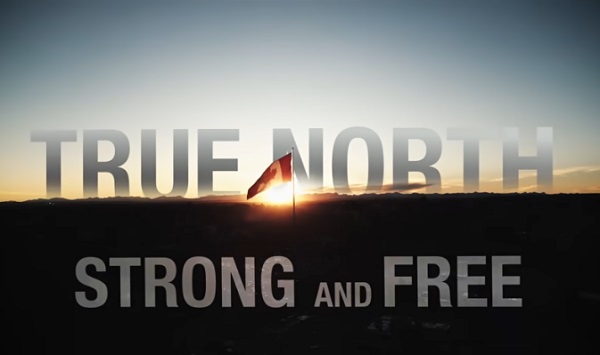Energy
A federally guaranteed Indigenous loan program is reconciliation progress, but only if it respects Indigenous agency
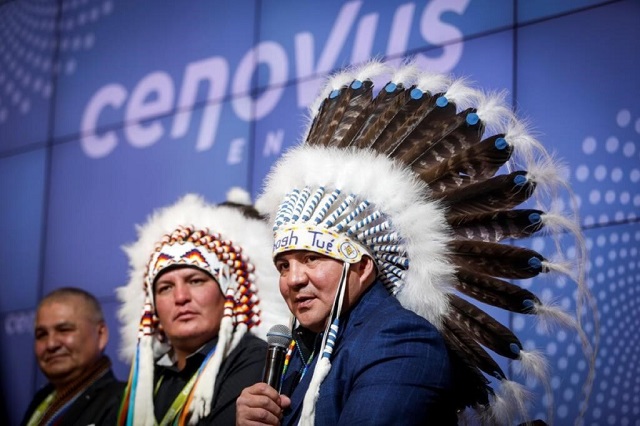
Roger Marten, right, Chief of Cold Lake First Nations, and Curtis Monias, centre, Chief of Heart Lake First Nation, speak after Cenovus CEO Alex Pourbaix announces an initiative focused on Indigenous communities. Photo from The Canadian Press.
From EnergyNow.ca
Indigenous communities are increasingly becoming partners and owners in major natural resource projects across the country.
Resource Works has been excited to be involved in that movement through our annual Indigenous Partnerships Success Showcase, where we convene Indigenous experts to discuss Indigenous partnerships in major projects and across the Canadian economy.
Under a proposed federal program, even more, Indigenous communities could become partners and even owners in major natural resource projects, from oil to natural gas and liquified natural gas (LNG).
Back in 2010, the proposed Northern Gateway oil pipeline from Alberta to Kitimat offered a 10% equity stake in the project to participating Indigenous groups. Yet despite having significant support, there was also considerable Indigenous opposition to the project. Ultimately, the project was killed when Prime Minister Trudeau banned oil tanker traffic on BC’s northern coast.
Fast forward twelve years, and the Coastal GasLink (CGL) natural gas pipeline and the LNG Canada project are nearing completion. In fact, CGL finished laying the last of its pipe in the ground in October 2023, completing a truly herculean engineering task, the first energy pipeline to the coast in decades. Despite some Indigenous opposition, CGL has the support of the elected councils of all 20 First Nations along the route and has offered an option for First Nations to purchase a 10% equity share in the pipeline.
Coastal GasLink will feed LNG Canada, the largest private sector investment in Canadian history. That project will turn CGL’s natural gas into liquid, where it can be shipped more densely to Asia to help replace coal, especially in industrial applications, and reduce global carbon emissions.
While CGL and LNG Canada near completion, two more proposals for LNG projects in BC are coming onto the scene. A historic first, these projects are led by First Nations: the Cedar LNG project near Kitimat from the Haisla Nation and Ksi Lisims LNG in Northern BC from the Nisga’a Nation.
A third LNG project, Woodfibre LNG, was approved by the Squamish Nation in the first-ever Indigenous environmental impact review and is now beginning construction.
Indigenous involvement – and leadership – in major energy projects has arrived. Indigenous LNG is Canadian LNG, and Canadian LNG has become Indigenous LNG. This is a global first.
Beyond natural gas and LNG, the Trans Mountain oil pipeline expansion project from Alberta to Burnaby is anticipating completion in March 2024. The expansion triples the pipeline’s capacity, the only oil pipeline to Canada’s West coast.
While there has been Indigenous opposition to this project, there has also been support, including formal agreements and billions in contracting deals for Indigenous businesses during construction. In fact, several Indigenous groups are working to acquire an equity stake in the pipeline.
Historic restrictions in the Indian Act mean Indigenous peoples face enormous barriers in raising or borrowing money to finance equity partnerships. Yet the ability to purchase equity in major projects is to enter the big leagues of economic development and wealth generation.
The federal government is expected to announce a guaranteed loan program that will enable Indigenous Peoples to finally bypass these structural obstacles and purchase equity shares in resource projects. Alberta and Saskatchewan already have their own programs, and the federal government has a lot to learn from them, particularly Alberta’s Alberta Indigenous Opportunities Corporation.
Supporters of such programs point out that Ottawa, without spending a cent of taxpayers’ money, could backstop loans to Indigenous communities. It’s a low-risk mechanism and another way to support economic reconciliation.
Unfortunately, there is uncertainty about whether this federal initiative will allow all projects to be supported. There are reports that Ottawa will exclude oil and gas projects from the guaranteed-loan program, in favour of exclusively renewable and green energy projects.
Indigenous groups argue that they can make up their own minds on what to invest in.
Four Indigenous groups have told the prime minister: “This program cannot be driven by an ‘Ottawa-knows-best’ policy approach – the judgement of Indigenous Nations about projects to pursue must be respected. . . . We believe that this initiative is not only a practical step towards reconciliation but an opportunity to demonstrate Canada’s commitment to a just future for First Peoples.”
If this loan program is created, it should be up to Indigenous peoples to decide what they want to get involved in. If we are in an era of reconciliation, shouldn’t we empower Indigenous Peoples to be decision-makers?
We can do big things as a country when we partner with Indigenous peoples. But we need to ground our policies in a positive framework that builds agency.
For many Indigenous peoples, that starts with charting their own economic destiny, including in natural resources.
Margareta Dovgal is Resource Works’ Managing Director and Event Lead for the Indigenous Partnerships Success Showcase
Alberta
OPEC+ chooses market share over stability, and Canada will pay
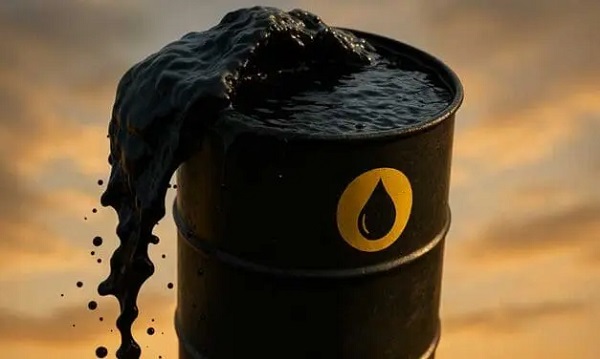
This article supplied by Troy Media.
OPEC+ output hike could sink prices, blow an even bigger hole in Alberta’s budget and drag Canada’s economy down with it
OPEC and its allies are flooding the global oil market again, betting that regaining lost market share is worth the risk of triggering a price collapse.
On Sept. 7, eight of its leading members agreed to boost production by 137,000 barrels per day beginning in October. That move, taken more than a year ahead of schedule, marks the start of a second major unwind of previous output cuts, even as warnings of a supply glut grow. OPEC+, a coalition led by Saudi Arabia and Russia, coordinates oil production targets in an effort to influence global pricing.
This isn’t oil politics in a vacuum. It’s a direct blow to Alberta’s finances, and a growing threat to Canada’s economic stability.
Canada’s broader economy depends heavily on a strong oil and gas sector, but no province is more directly reliant on resource royalties than Alberta, where oil revenues fund everything from hospitals to schools.
The province is already forecasting a $6.5-billion deficit by spring. A further slide in oil prices would deepen that gap, threatening everything from vital programs to jobs. Every drop in the benchmark West Texas Intermediate price, currently averaging around US$64, is estimated to wipe out another $750 million in annual revenue.
When Alberta’s finances falter, the ripple effects spread across the country. Equalization transfers from Ottawa to have-not provinces decline. Private investment dries up. Energy-sector jobs vanish not just in Alberta, but in supplier and service industries nationwide. Even the Canadian dollar takes a hit, reflecting reduced confidence in one of the country’s key economic engines. When Alberta stumbles, Canada’s broader economic momentum slows with it.
The timing couldn’t be crueller. October marks the end of the summer driving season, typically a lull for fuel demand. Yet extra supply is about to hit a market already leaning bearish. Oil prices have dropped roughly 15 per cent this year; Brent crude is treading just above US$65, still well beneath April’s lows.
But OPEC+ isn’t alone in raising the taps. Non-OPEC producers in Brazil, Canada, Guyana and Norway are all increasing production. The International Energy Agency warns global supply could exceed demand by as much as 500,000 barrels per day.
The market is bracing for a sustained price war. Alberta is staring down the barrel.
OPEC+ claims it’s playing the long game to reclaim market share. But gambling on long-term gains at the cost of short-term pain is reckless, especially for Alberta. The province faces immediate financial consequences: revenue losses, tougher budget decisions and diminished policy flexibility.
To make matters worse, U.S. forecasts are underwhelming, with an unexpected 2.4-million-barrel build in inventories. U.S. production remains at record highs above 13.5 million barrels per day, and refinery margins are shrinking. The signal is clear: demand isn’t coming back fast enough to absorb growing supply.
OPEC+ may think it’s posturing strategically. But for Canada, starting with Alberta, the fallout is real and immediate. It’s not just a market turn. It’s a warning blast. And the consequences? Jobs lost, public services cut and fiscal strain for months ahead.
Canada can’t direct OPEC. But it can brace for the fallout—and plan accordingly.
Toronto-based Rashid Husain Syed is a highly regarded analyst specializing in energy and politics, particularly in the Middle East. In addition to his contributions to local and international newspapers, Rashid frequently lends his expertise as a speaker at global conferences. Organizations such as the Department of Energy in Washington and the International Energy Agency in Paris have sought his insights on global energy matters.
Troy Media empowers Canadian community news outlets by providing independent, insightful analysis and commentary. Our mission is to support local media in helping Canadians stay informed and engaged by delivering reliable content that strengthens community connections and deepens understanding across the country
Energy
Carney government should undo Trudeau’s damaging energy policies

From the Fraser Institute
By Tegan Hill and Elmira Aliakbari
The Carney government has promised to make Canada the world’s leading “energy superpower,” but so far, the government has failed to reduce regulatory hurdles and uncertainty in energy development. It’s time to reverse the damaging federal policies that have held back Canada’s energy industry for more than a decade.
The long list of Trudeau-era policies includes Bill C-69 (the “no pipelines act”), which introduced subjective criteria including “gender implications” into the evaluation of major energy projects, an oil tanker ban on the west coast that limits energy exports to Asian markets, an arbitrary cap on oil and gas GHG emissions that will require production cuts while most of our international peers ramp up production, and major new regulations for methane emissions in the oil and gas sector, which will increase costs for the industry.
These policies stifle Canada’s energy sector. Investment in the oil and gas sector plummeted over the last decade, from $84.0 billion in 2014 to $37.2 billion in 2023 (inflation adjusted)—a 56 per cent drop.
And that should come as no surprise. According to a 2023 survey of oil and gas investors, 68 per cent of respondents said uncertainty over environmental regulations deters investment in Canada compared to only 41 per cent of respondents for the United States. Moreover, 59 per cent said the cost of regulatory compliance deters investment compared to 42 per cent in the U.S., and 54 per cent said Canada’s regulatory duplication and inconsistencies deter investment compared to only 34 per cent for the U.S. This divergence between Canada and the U.S. in the eyes of investors has likely widened following President Trump’s re-election and his administration’s massive regulatory reforms to strengthen U.S. energy development.
Perhaps it’s also unsurprising, then, that business investment (measured on a per-worker basis, a key indicator of productivity) in Canada has dropped from $18,600 in 2014 to about $14,000 in 2024 (inflation-adjusted) while its continued to increase in the U.S.
Again, these Trudeau-era policies diminish Canada’s competitiveness, deter investment and ultimately hurt the economic wellbeing of Canadians. According to a Deloitte report commissioned by the Alberta government, the federal emissions cap alone may cost the Canadian economy more than $280 billion from 2030 to 2040 resulting in lower wages, job losses and a decline in tax revenue.
The Carney government pledged to turn things around. But rather than reduce regulatory hurdles and uncertainty in energy development, it’s introduced new legislation (which became law in June) that grants the federal cabinet the authority to prioritize and expedite projects it deems to be in the “national interest.” Put differently, the government chose to grant cabinet the power to pick winners and losers based on vague criteria and priorities rather than undoing damaging regulations that would give all businesses the chance to succeed.
It’s been four months since Mark Carney and the Liberal Party won the election. With Parliament set to reconvene this month, it’s time to set a new course and finally undo Trudeau’s damaging energy policies.
-

 Crime1 day ago
Crime1 day agoAlleged Killer Of Charlie Kirk Caught
-

 Alberta2 days ago
Alberta2 days agoProvince urging post secondary students to apply for loans, grants, scholarships, bursaries and awards
-
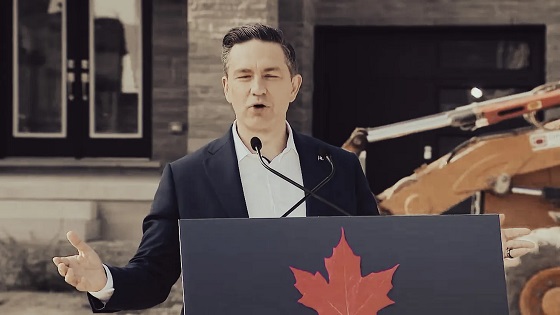
 Business2 days ago
Business2 days agoPoilievre: “Carney More Irresponsible Than Trudeau” as Housing, Jobs, and Energy Failures Mount
-
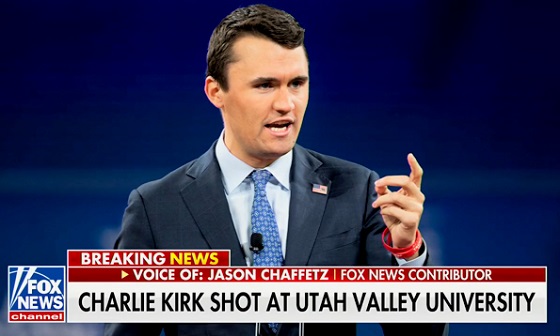
 Crime2 days ago
Crime2 days agoConservative speaker and celebrity Charlie Kirk shot during Q & A event at Utah Valley University
-
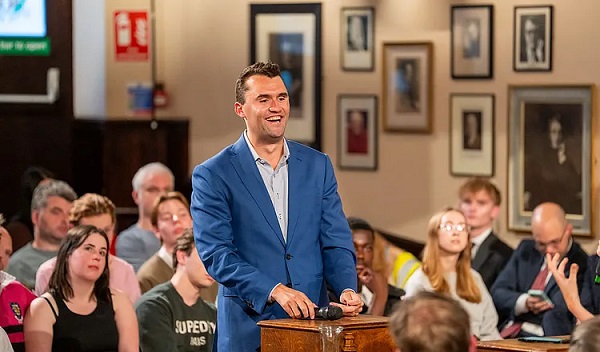
 Opinion1 day ago
Opinion1 day agoThe Charlie Kirk I Knew
-

 Crime1 day ago
Crime1 day ago‘Dark Moment For America’: Trump Addresses Nation After Kirk Assassination
-

 Bruce Dowbiggin17 hours ago
Bruce Dowbiggin17 hours agoKirk’s Killing: Which Side Can Count on the Military’s Loyalty Now?
-

 Business2 days ago
Business2 days agoHealth-care costs for typical Canadian family will reach over $19,000 this year

